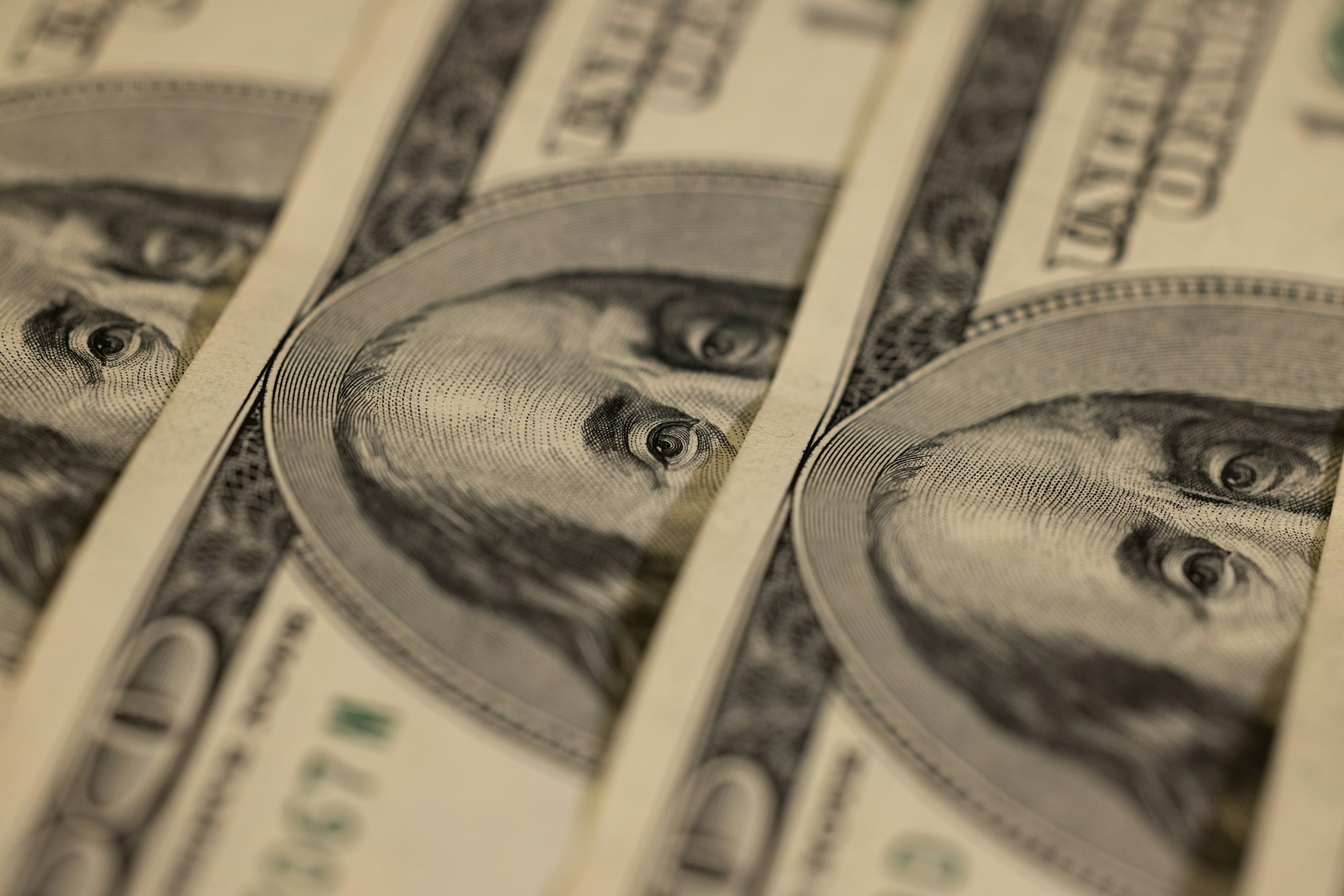Federal Reserve Resumes Rate Hikes
The Federal Reserve made an unanimous decision to raise the benchmark federal-funds rate by a quarter-percentage-point, bringing it to a range between 5.25% and 5.5%.
- This marks the 11th rate increase since March 2022, when rates were raised from near zero.
- The post-meeting statement by the Fed remained largely unchanged, providing no new guidance on future policy plans.
Balancing Economic Growth and Inflation
The Fed faces a delicate balancing act with the economy showing signs of firm growth and recent inflation slowing down. Some investors expect more rate increases, but uncertainty remains about further tightening due to the mixed economic signals.
- After reaching a 40-year high last summer, inflation has cooled down, with the consumer-price index climbing 3% in June compared to the same month last year.
- Core prices, excluding food and energy categories, showed the smallest monthly gain in over two years.
The Fed aims to keep inflation at 2% over time, as measured by its preferred gauge, the personal-consumption expenditures price index. To combat inflation, the central bank raises interest rates, leading to tighter financial conditions.
Differing Views Among Fed Officials
While all policy-setting Federal Open Market Committee members agreed to hold rates steady in June, there have been differing opinions among voting and nonvoting officials about the pace of rate increases. Some officials have indicated they might prefer to raise rates again at the September meeting.
- The Fed had aggressively increased rates in 2022 but slowed down the pace at the end of the year. Holding rates steady in June allowed the Fed to study the effects of previous rate increases.
- Underlying price pressures remain a concern for Fed officials as a tight labor market may lead to higher wages, potentially sustaining inflationary pressures.
- Chair Powell emphasized the Fed's data-dependent approach and willingness to adjust policy as economic conditions evolve.
Credit Rating Downgraded
Rating agency Fitch made a significant move on Tuesday, downgrading the U.S. government's esteemed credit rating. This decision elicited an angry response from the White House and caught investors off guard, especially given the recent resolution of the debt ceiling crisis just two months ago.
- Fitch took the United States' credit rating down a notch from AAA to AA+, citing concerns over fiscal deterioration in the next three years and the recurring, down-to-the-wire debt ceiling negotiations that pose a threat to the government's ability to meet its financial obligations.
- This possibility of a downgrade was initially brought to light by Fitch in May, and despite the resolution of the debt ceiling crisis in June, the agency maintained its stance, indicating its intention to finalize the review during the third quarter of the current year.
- The downgrade makes Fitch the second major rating agency, after Standard & Poor's, to strip the United States of its coveted triple-A rating.
In the aftermath of the announcement, the dollar experienced a decline against a variety of currencies, while stock and Treasury futures registered a slight dip. Nonetheless, many investors and analysts anticipate that the impact of the downgrade will remain relatively limited.
Disclaimer
Please note that Benchmark does not produce investment advice in any form. Our articles are not research reports and are not intended to serve as the basis for any investment decision. All investments involve risk and the past performance of a security or financial product does not guarantee future returns. Investors have to conduct their own research before conducting any transaction. There is always the risk of losing parts or all of your money when you invest in securities or other financial products.
Credits
Photo by engin akyurt / Unsplash.






